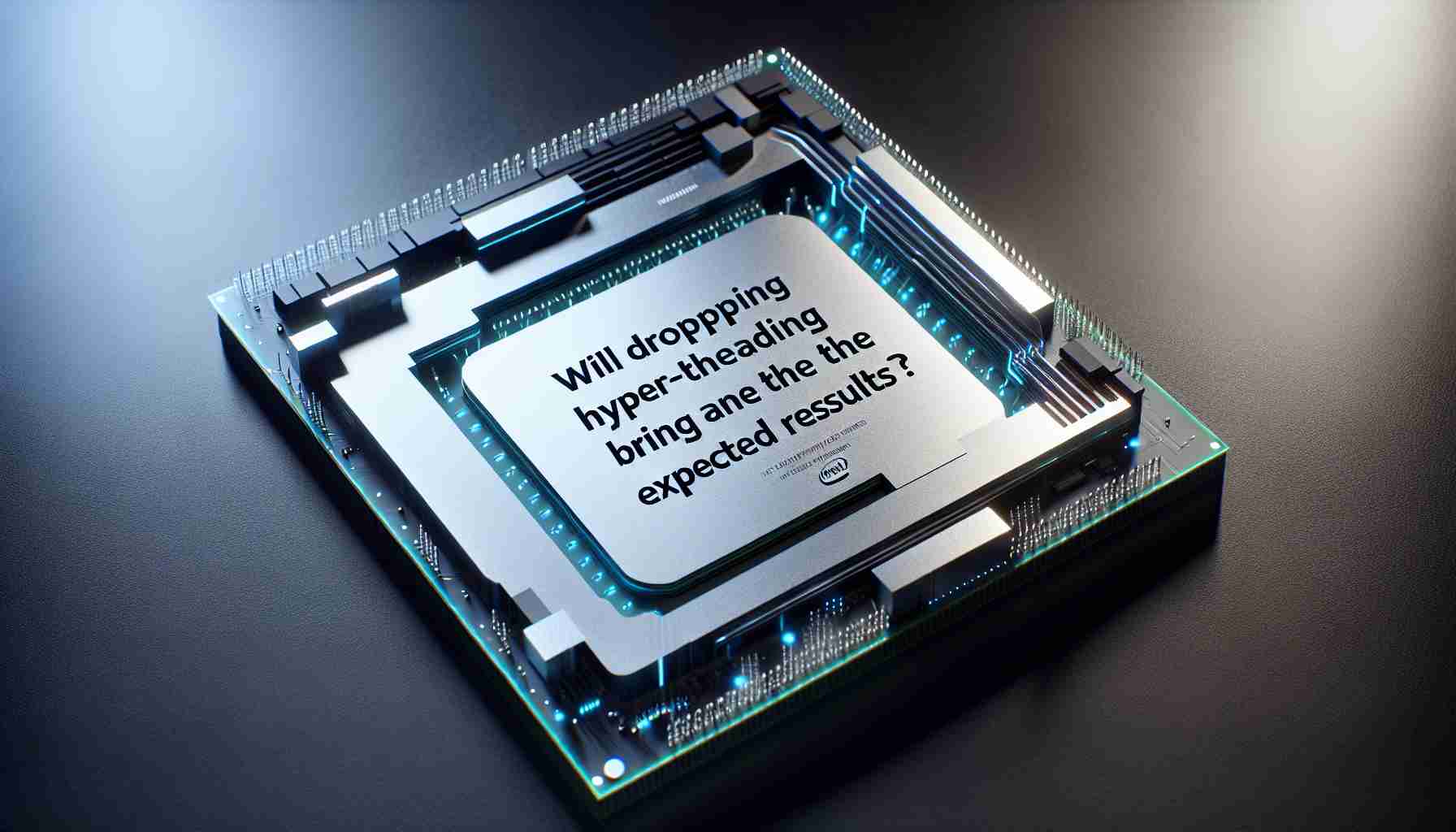Recently, confidential information regarding the upcoming Intel 15th Gen Arrow Lake processors has been leaked. German news website 3DCenter.org revealed that key details regarding hyper-threading, a major function of Intel processors, have been noticed. Hyper-threading increases the total number of processor threads, providing better task scheduling.
The secret material was unveiled by user X (formerly Twitter user) @yuuki_ans and has since been removed. Now leaked Intel documents suggest that the company may be planning to completely abandon hyper-threading!
This is a significant change in processor architecture. Furthermore, Intel is transitioning to a new type of core configuration for future processors. This change has already been implemented in the Core Ultra processors for laptops.
Intel processors will be equipped with a new type of core called LP E-core, which is a low power consumption core, also referred to as low performance. By more effectively managing tasks, Intel aims to utilize this very low power consumption core for background tasks. Anything that doesn’t require calculations within the capabilities of the P and E cores will be redirected to the LP E cores.
The processor’s computational tile (in the Meteor Lake architecture) consists of performance cores (P) and power-efficient cores (E), but it’s the SoC tile that houses the low power consumption cores (LP). We can expect a similar implementation in the Intel 15th Gen Arrow Lake.
How much will the lack of hyper-threading impact the performance of Intel Arrow Lake processors? For many workloads, including gaming, the impact will be minimal. Older processors heavily relied on hyper-threading, but this is not as true for modern chips. Among the new features, the introduction of an Arrow Lake platform with an NPU for artificial intelligence processing is also expected.
Even without hyper-threading, Intel should be able to leverage a more efficient manufacturing process (Intel 4 or better) to provide significant performance improvements in the new generation.
However, it should be noted that this is only a rumor and nothing is certain yet. The documents reveal that “enabling performance cores will cause system instability,” so this undisclosed Intel processor appears to be an early engineering sample.
By the way, Intel has also changed the names of its processors. The term Core Ultra will now be used for future chips. Additionally, everything indicates that the 14th generation will be the last to feature Core i3/i5/i7/i9 processors. New processors, such as the upcoming chips based on the mentioned Arrow Lake, may be called Core Ultra.
Intel is also starting fresh, labeling the Core Ultra processors in new laptops as “Series 1.” Since this is a leaked Intel document that surfaced quite early, it is understandable that Arrow Lake is referred to as the 15th Gen here. However, it would be strange if Intel were to release new processors under the old naming scheme.
What are your thoughts on leaving hyper-threading behind in Intel Arrow Lake processors? Share your thoughts in the comments below!
FAQ Section based on the main topics and information presented in the article:
The source of the article is from the blog mgz.com.tw
